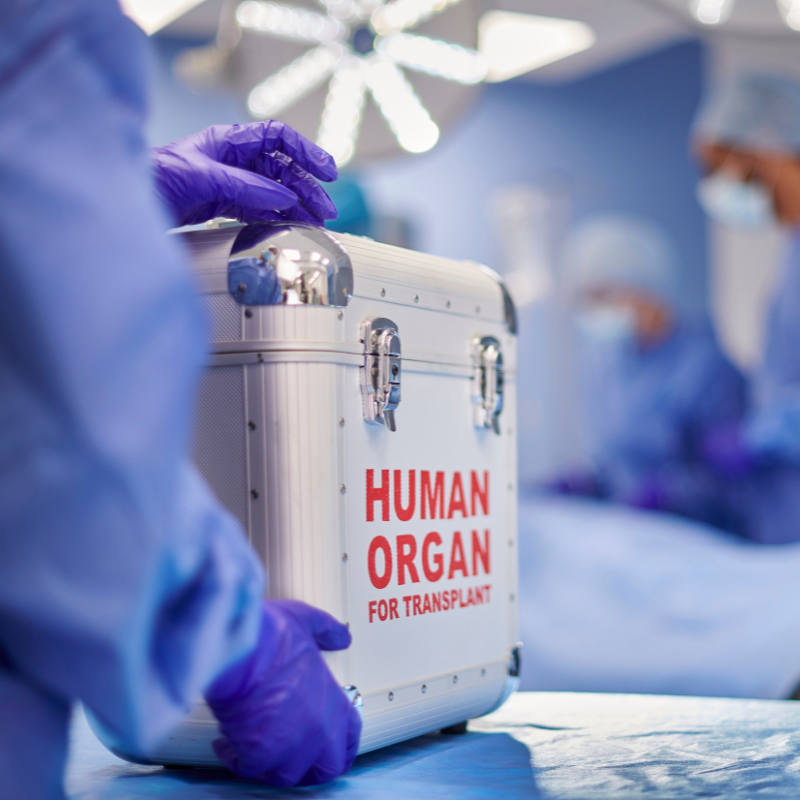PART FOUR OF FOUR
The effort to address the kidney health crisis in the U.S. started in July when President Trump issued the Advancing American Kidney Health Executive Order (EO). PKD Foundation staff and patient advocates including CEO Andy Betts and myself were there to see this order signed by the President — you can read about our experience in my blog post.
Throughout January, you’ve read several blogs about the July 2019 executive order and the December 2019 rules that kicked off implementation of the EO. In our final blog of the series, we will discuss what to look for next concerning the EO and new rules, as well as updates on our other legislative priorities.
Final thoughts
While the two new rules (discussed in blogs Part Two and Part Three) are a great start, there is still a long way to go. Both rules must go through a 60-day public open-comment period where everyone has the opportunity to make their opinion heard. Once that period is over (sometime in mid-February), each agency will read and consider all comments made and make rule adjustments, as needed. This can take several months or more to complete, but the results are (ideally) helpful to the community.
Beyond these two rules, which address one of several points made in the EO, we are still waiting to hear how the administration will address the rest of the points. Prevention and dialysis, as well as innovation in treatment, are both still “to be determined” in terms of how, exactly, they will be addressed.
Some may point to KidneyX (a partnership program between HHS and ASN) and the $5 million in the FY20 federal budget as their way of supporting innovation in treatment. While this may be true, KidneyX was in the works long before the EO, so my hope is that more attention and a push for this is yet to come.
Other advocacy priorities
Department of Defense Congressionally Directed Medical Research Program (CDMRP)
As announced in December, part of the flurry of spending bills approved by Congress and signed into law included the Defense budget. Within that budget is the CDMRP appropriation. As predicted, PKD was included as a topic area for the PRMRP. This give PKD researchers access to apply for the more than $3.6 million slotted for that program.
The effort to maintain PKD on this list and to secure a line-item budget for PKD has already begun for FY21. We will keep you updated on progress through the spring and summer!
NIH, NIDDK
The NIH secured more than $41 billion for FY20, a $2.6 billion increase over FY19. The medical community will continue this push for FY21, requesting an additional ~$3 million increase over FY20.
NIDDK secured $2.6 billion, which was a small increase over FY21. While we are still determining the specific dollar amount we will push for, I anticipate another modest increase over FY20 will be our target.
Immunosuppressive Bill
This legislation was FINALLY introduced in the House by Rep. Ron Kind (D-WI) on Dec. 23, 2019! Then, it was referred to both the Energy and Commerce (E&C) and Ways and Means Committees. On Jan. 8, the E&C discussed the bill in a hearing — the first hearing for this legislation since at least 2013. As we await a vote in the full House and an introduction in the Senate, the PKD Foundation is joining with the greater kidney community to push for swift passage. Please make your voice heard by calling and emailing your legislator today!
Stay connected and help advocate
Staying updated on the issues is critical to knowing when to take action. To do this, sign up for PKD Foundation updates via our monthly enewsletter (PKD News) and click “Yes” next to Advocacy Alerts to receive important messages and alerts about PKD legislative priorities.
If you have questions, don’t hesitate to reach out via the comments section below or email us at pkdadvocacy@pkdcure.org.









0 Comments